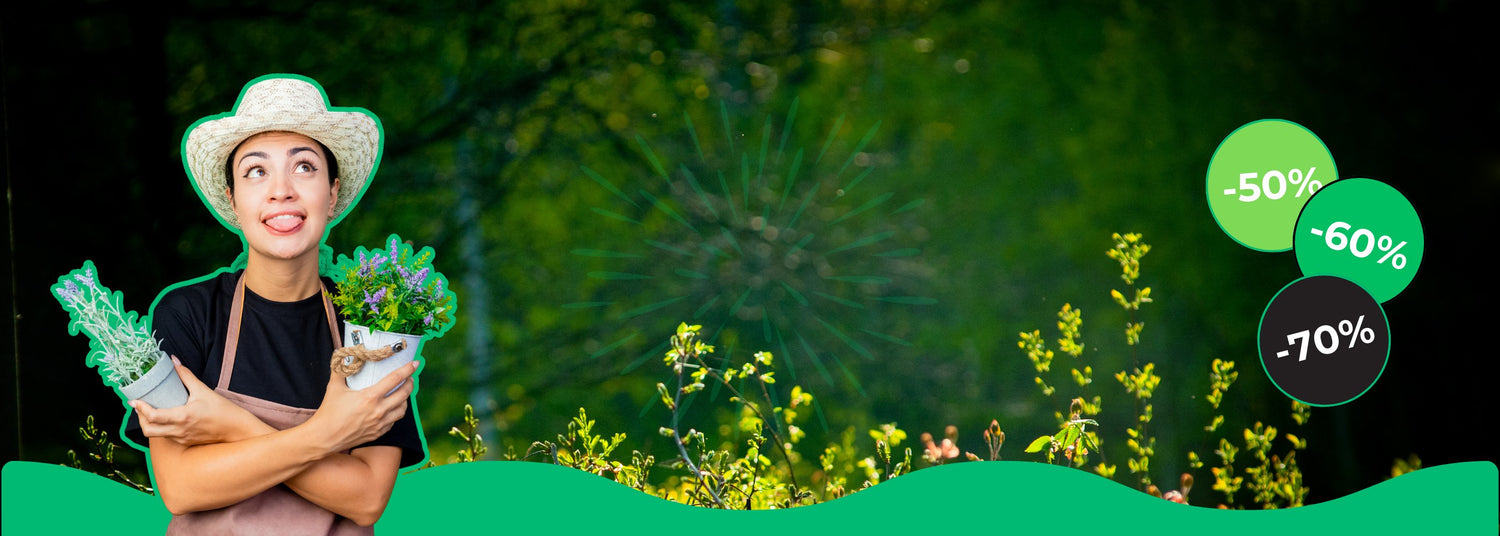La permaculture : une approche écologique et durable du jardinage

De plus en plus de jardiniers adoptent la permaculture, une méthode de jardinage qui mise sur la durabilité, l'écologie et l'harmonie avec la nature.
Mais qu'est-ce que la permaculture exactement ?
Comment l'appliquer dans votre jardin ?
Cet article détaille cette approche révolutionnaire et vous offre quelques conseils pour vous lancer.

1. Qu'est-ce que la permaculture ?
La permaculture est une approche du jardinage (et plus largement de l'agriculture) qui cherche à créer des systèmes de culture productifs et durables en imitant les écosystèmes naturels.
Elle se base sur trois principes éthiques fondamentaux : prendre soin de la terre, prendre soin des personnes et partager équitablement les ressources.
2. Design et observation
Avant de démarrer un jardin en permaculture, l'observation est primordiale. Il s'agit de comprendre la topographie, le climat, la qualité du sol et les ressources disponibles dans la région. Ensuite, le design du jardin est planifié pour maximiser l'utilisation de ces ressources tout en minimisant les déchets et les interventions humaines.
3. L'importance des guildes
Une guilde est un groupe de plantes et d'animaux qui cohabitent harmonieusement et profitent mutuellement les uns des autres. Dans un jardin en permaculture, différentes plantes sont associées pour favoriser la croissance, repousser les parasites et enrichir le sol. Par exemple, les tomates peuvent être plantées à côté des œillets d'Inde pour repousser les nématodes.
4. L'économie d'eau
Un des piliers de la permaculture est l'utilisation judicieuse de l'eau. Ceci est réalisé par la mise en place de jardins en terrasses, de buttes, ou encore de systèmes de récupération des eaux de pluie. Le paillage est aussi une technique courante pour conserver l'humidité du sol.

5. La polyculture plutôt que la monoculture
Au lieu de cultiver une seule plante sur une grande surface (monoculture), la permaculture encourage la polyculture. Cela signifie cultiver une diversité de plantes ensemble, ce qui réduit la propagation des maladies, augmente la biodiversité et maximise la productivité de l'espace.
6. Intégrer plutôt que séparer
Dans la permaculture, chaque élément a plusieurs fonctions. Par exemple, un étang peut être une source d'eau, un habitat pour les poissons, et un reflet pour augmenter l'ensoleillement dans une zone ombragée. Tout est interconnecté.
7. Le sol : notre plus grande ressource
La santé du sol est au cœur de la permaculture. Plutôt que d'utiliser des fertilisants chimiques, on mise sur le compost, les engrais verts et les animaux (comme les poules ou les vers de terre) pour nourrir et aérer le sol.
Conclusion
La permaculture n'est pas seulement une méthode de jardinage, c'est une philosophie, un mode de vie. Elle nous enseigne à travailler avec la nature et non contre elle, à observer et à respecter les cycles naturels. En intégrant ces principes dans votre jardin, non seulement vous contribuerez à un monde plus durable, mais vous bénéficierez aussi d'un jardin plus sain, productif et harmonieux.





































